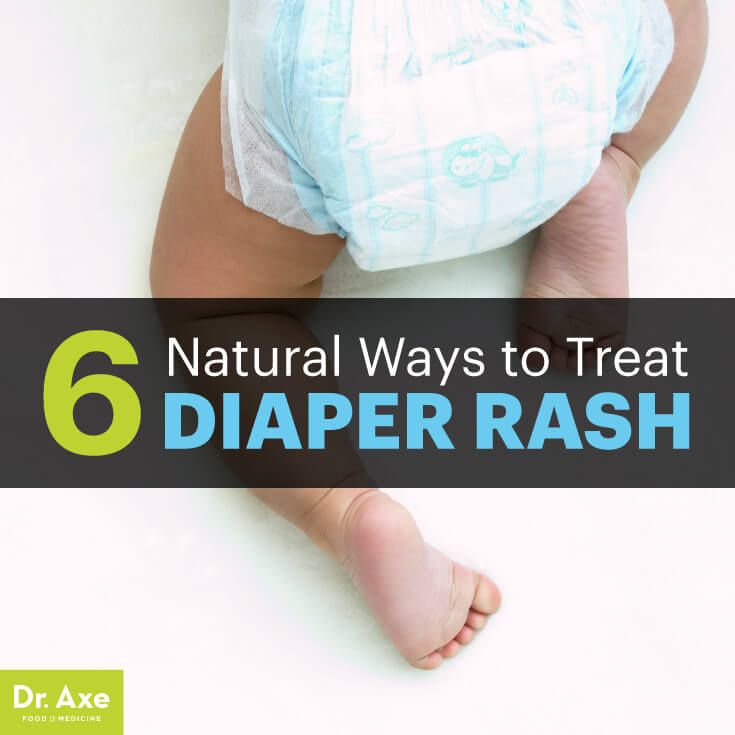Treating diaper rash naturally: 13 Natural Remedies For Diaper Rash (That REALLY Work!)
Posted on13 Natural Remedies For Diaper Rash (That REALLY Work!)
- What is diaper rash?
- Cause of diaper rash
- How to prevent diaper rash
- Natural remedies for diaper rash
If you’re a first-time parent, it’s time to get clued up on diaper rash. You’ll likely encounter it at some point in your child’s early years, so it’s important to know why it happens and what to do.
What is diaper rash?
Diaper rash can be found as a result of irritation. It normally appears in the form of a red, splotchy rash on your baby’s bottom and genitals. It can also appear as red scales.
Causes of diaper rash
Could it be a reaction to a new product?
First thing’s first: diaper rash is very normal and common, so don’t worry. It can be triggered by a few different factors, including:
- Sensitive skin
- Change in diet
- New products used on the skin
- Ill-fitting diapers
- Irritation from urine or stools
How to prevent diaper rash
1.
Keep them clean & dry
It sounds simple because it is! The first and most important fix for diaper rash is to keep your baby’s diaper as clean and dry as possible.
2. Let them breathe
Some babies go diaper-free permanently!
Allow your baby sometime each day to be diaper-free. Whilst this is a little bit risky as far as accidents are concerned, it’s important to allow the skin to breathe from time-to-time.
You should also make sure that the diaper isn’t wrapped too tightly when you do put it back on.
3. Be gentle
When cleaning your baby’s bottom, be as gentle as possible. Any excess rubbing could result in irritation. You should avoid baby wipes that contain alcohol.
4. Use mild products
Always use mild products when bathing your baby. Opt for products specifically catered to their sensitive skin.
Natural remedies for diaper rash
1.

Who needs barrier cream?
That jar of coconut oil you have in the kitchen? It’s got a whole bunch of health and beauty benefits. It’s antifungal and antibacterial which makes it perfect for treating diaper rash.
2. White vinegar
Mix a teaspoon of white vinegar into a cup of clean water. When you change your baby, wipe the solution over their bottom. The acidity of the vinegar will balance out with urine which is alkaline.
TOP TIP: If you use reusable cloth diapers, rinse them in a solution of equal parts white vinegar and water.
3. Breast milk
Did you know that breast milk contains antibodies that can combat diseases without causing inflammation? It’s pretty powerful stuff, and that’s not all — breast milk’s healing powers can be used on diaper rash.
To try it, express some breast milk and apply a few drops to the rash. Wait for the milk to dry naturally so that it can work its magic. Once the milk has dried, put a fresh diaper on your baby.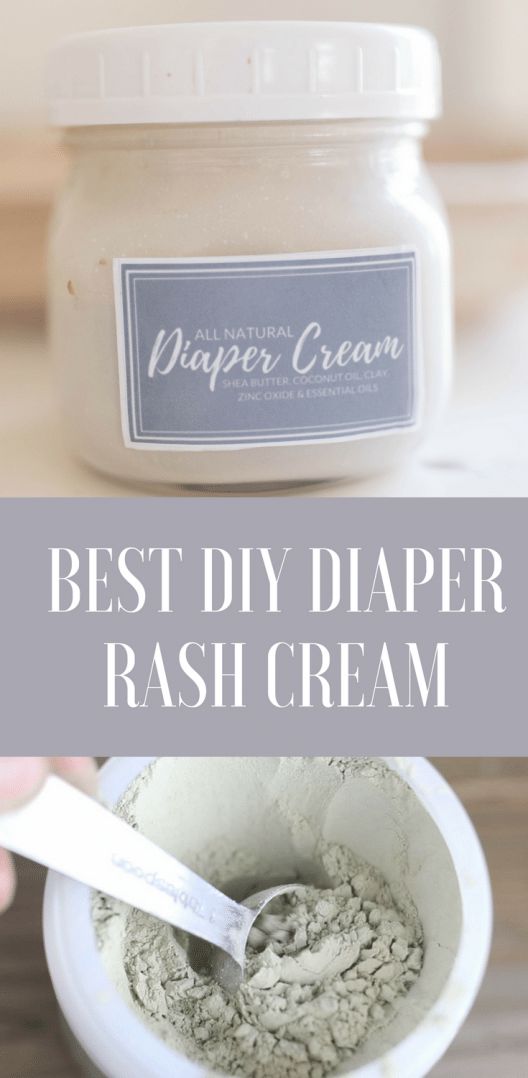
4. Petroleum jelly
A big tub of vaseline is essential for any parent!
Also known as Vaseline, petroleum jelly can be used to treat diaper rash. It’s highly moisturising and works as a barrier between your baby’s delicate skin and the texture of the diaper.
5. Cornstarch
Diaper rashes are partly caused by moist conditions, so it’s important to make sure your baby’s bottom is as dry as possible. Cornstarch is great at absorbing moisture. Once you’ve cleaned your baby, carefully apply some of the powder to their bottom. Put on a clean diaper as normal.
6. Oatmeal
You might have heard of using oatmeal in your baths to cure chicken pocks, but what about diaper rash? Pour some oats into a sock or the leg of an old pair of tights. Tie a knot to secure and add to the bath. It’s surprisingly soothing for the skin!
7. Apple Cider Vinegar
It’s got so many superpowers!
Apple Cider Vinegar is antibacterial, making it the perfect solution for diaper rash.
8. Chamomile Tea & Honey
Honey is a wonderful, natural antiseptic with the power to soothe inflammation. Brew two cups of chamomile tea and mix in 1 tsp of honey.
This treatment works best if applied to the rash using a spray bottle. Simply spray the rash every time you change your baby’s nappy, being sure to wait for the skin to dry each time.
9. Aloe Vera
Do you have an aloe vera plant at home? It’s about time you did! Take one of the leaves and extract the gel. It’s incredibly soothing for the skin. Alternatively, you can purchase the gel in a bottle from most drugstores.
10. Baking soda
Not just for cookies!
Baking soda is another popular choice for resolving diaper rash. Just add a couple of tablespoons to their bath for quick results.
11. Tea tree oil
To enhance coconut oil’s antifungal properties, you can add 5 drops of tea tree oil to every 2 tablespoons of coconut oil.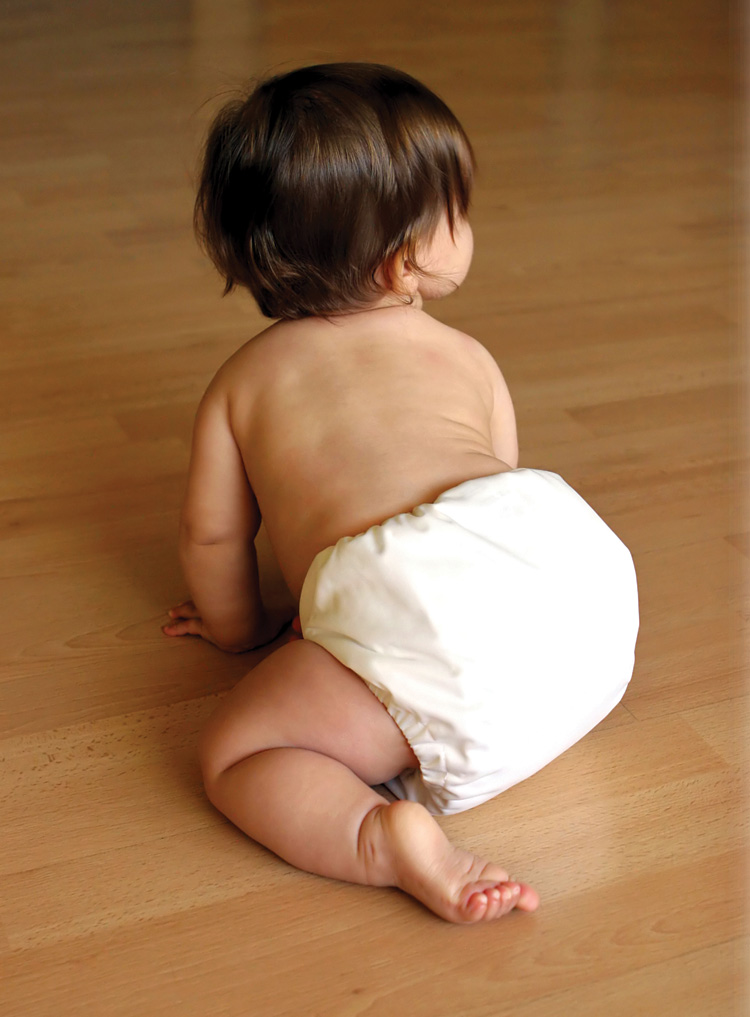
12. Yoghurt
If the diaper rash is triggered by a yeast infection, yoghurt is a great cure. Take a tub of plain yoghurt and smooth some onto the rash. This is a completely safe and fast fix.
13. Epsom salt
Add some to your own bath too, you deserve it!
To help dry out the rash, add 1 cup of Epsom Salts to your baby’s bath. Alternatively, mix 1 tbsp of Epsom salt into a cup of clean water. Use a cotton wool ball to wipe the solution onto the rash.
Q&A
What about using medicated diaper rash creams?
If your baby’s rash is severe, you should visit your doctor. They can prescribe a medicated cream. You can also buy creams from the drugstore for less serious cases of diaper rash if you don’t want to opt for natural methods.
Is diaper rash painful and itchy?
Yes. As a result, diaper rash can be very uncomfortable for babies and toddlers.
Is diaper rash linked to teething?
There is no direct link between teething and diaper rash. That said, if your child has diarrhoea as a result of teething, this may increase the chances of a diaper rash forming.
Is diaper rash contagious and can it spread over the body?
This will depend on the cause of the diaper rash. If your baby has a bacterial or fungal infection, this can be spread to other parts of their body, or even onto other people. After changing your baby, be sure to wash your hands thoroughly with antibacterial soap.
Do cloth diapers cause nappy rash?
Whilst reusable cloth diapers are the best way to go for the environment, they can hold bacteria. You have to make sure that they are thoroughly cleaned to avoid build-up.
Ensure that you rinse them several times to avoid a build-up of detergent and germs. You should also make sure that they are completely dry before use.
How do you use Sudocream for nappy rash?
Apply the cream to the rash with clean hands. This’ll soothe it and also act as a barrier from the nappy.
What are the best nappies for nappy rash?
The «best» diaper varies from baby to baby. Test out a few different brands until you find one that fits your baby well.
How long does it take for nappy rash to clear up?
This will vary depending on the cause, severity, and treatment. A mild case should go after approximately 3 days. If you find that your chosen treatment method has not worked after 7-10 days, visit a doctor.
Are there any long term side effects of diaper rash?
Yes. If untreated, it could result in the following side effects:
- Skin peeling
- Fever
- Pus oozing
- Candidiasis
Have you tried any of these methods to remedy diaper rash? Let us know which ones have worked for you in the comments below.

Does It Work and How to Use
We include products we think are useful for our readers. If you buy through links on this page, we may earn a small commission. Here’s our process.
Overview
Coconut oil is a natural treatment that’s commonly used to treat skin conditions and maintain good skin health. It may also help treat or prevent diaper rash.
Using coconut oil topically may help relieve inflamed diaper rash and any accompanying redness, irritation, or itching. It also helps moisturize skin and heal wounds.
Continue reading to learn more about how to use coconut oil for diaper rash.
Can coconut oil treat diaper rash in babies?
There isn’t any research that specifically examines the effect of coconut oil on diaper rash. However, coconut oil may reduce skin inflammation, itching, and irritation. It may also help provide a skin barrier, which might further protect the skin as it recovers from diaper rash.
Researchers have also found evidence that suggests coconut oil can help promote wound healing.
More research is needed on the effects of coconut oil on diaper rash. There’s anecdotal evidence to support the use of it, though, especially when coupled with its other potential skin benefits.
Is coconut oil safe for babes?
Coconut oil is generally safe for infants when used topically.
Don’t use coconut oil in large amounts. You can use it for however long as needed, but stop using coconut oil if your baby shows any sign of sensitivity to it. It’s important that you monitor carefully for any allergic reactions, irritation, or adverse effects.
How to use coconut oil for diaper rash
Before using coconut oil on your baby’s bottom, make sure their skin is clean and dry. Apply about 1 teaspoon of coconut oil to the affected area.
If your coconut oil is solid, you may need to warm it up between your hands or place the jar in warm water to apply. Don’t microwave it.
After applying the coconut oil, allow the skin to completely dry before putting on a fresh diaper.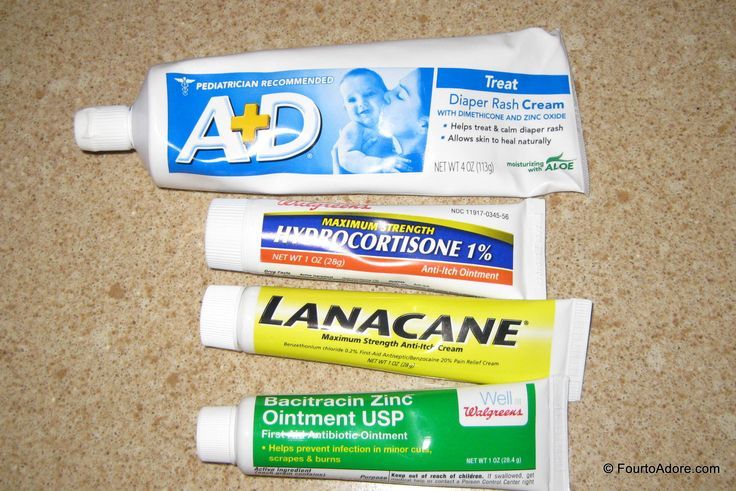
It’s important to buy coconut oil from a reputable brand in order to help ensure you’re getting a quality product. Choose a product with no added fragrance.
If your baby is at least 6 months old, you can use coconut oil in combination with essential oils such as tea tree, lavender, or chamomile. You can also purchase a premade diaper cream that’s made with coconut oil and zinc oxide.
How long will it take to work?
Diaper rash usually clears up within a few days. You should start to see improvements in the severity of the rash after a few applications of coconut oil.
Remember that coconut oil may not be effective for each child. Results may vary.
You may wish to try another method if coconut oil isn’t giving you the desired results.
Tips for managing diaper rash
If your baby has diaper rash, managing the rash and taking steps to prevent it from getting worse can help speed up the healing process and make your baby as comfortable as possible.
Here are some tips for treating diaper rash:
- Change your baby’s diaper regularly and as soon as it’s wet or soiled.
- Keep the area dry and clean. Gently clean the area each time you change the diaper.
- Allow the affected area to dry completely before applying coconut oil.
- Wash your hands thoroughly after changing a diaper.
- If it’s convenient, give your baby time each day to go without a diaper. This will give the skin a chance to get fresh air and speed up the healing process.
- Make sure the diaper isn’t too tight. If the diaper rash is bad, or your baby is prone to diaper rash, consider going up a size in diapers.
- Use plain water or natural, mild soaps or soap-free cleansers to clean the diaper area. Always be gentle when cleaning this area.
- Never rub or scrub the diaper area dry when changing a diaper or after a bath. Instead, gently pat dry the area.
- Avoid synthetic, fragranced products. This includes laundry products such as fabric softeners and dryer sheets.
Pay attention to how your baby reacts to any change in diaper, wipe, or laundry detergent brands.
- Avoid the use of baby powder and cornstarch.
- Dress your baby in natural fabrics, such as cotton. This helps create a dry, cool environment.
When to seek help
If your baby’s diaper rash isn’t improving after a few days of treatment or your baby gets diaper rashes frequently, see their pediatrician. They can help you find a treatment that works.
Also bring your baby to their doctor if the following symptoms are present:
- fever
- blisters or boils
- sores
- pus or discharge that drains from the rash
- bleeding
- itching
- swelling
- pain or extreme discomfort
The takeaway
Diaper rash is a common condition. It can often be easily treated at home. Keep an eye on your baby’s bottom, and treat any rash as soon as it develops.
When using coconut oil to treat diaper rash, always carefully monitor the effect of the oil on your baby.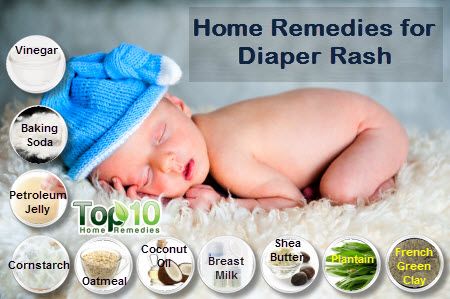
If your baby gets diaper rashes often or if the rash doesn’t improve within a few days, see your baby’s doctor.
Intertrigo: treatment, symptoms, prevention | Clinic “Promedicina” Ufa
Intertrigo is an inflammation of the skin caused by bacteria, viruses or fungus, irritation from fat-sweat and other secretions, lack of free air access to the affected areas, their constant moisture and friction, allergic reactions to cosmetics or food products.
Causes of diaper rash
As follows from the very definition of diaper rash, the cause of this disease lies in skin irritation from various infections.
The folds of the skin, where it is always warm and humid, create ideal conditions for the growth of bacteria. The bacteria themselves enter the skin along with sweat secretions, fatty skin secretions. Urine, discharge from fistulas and hemorrhoidal cones, when it comes into contact with healthy skin, begin to actively multiply, while we observe a picture of redness, peeling, and erosion of the skin surface.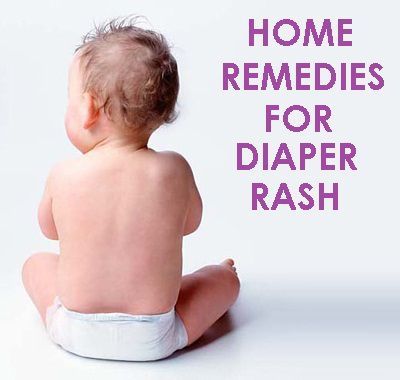
In hot weather diaper rash occurs more often than usual. Obese people with a large number of fat folds are especially susceptible to this disease. In infants, diaper rash occurs in the absence of proper care and poor hygiene.
It happens that diaper rash occurs due to an allergic reaction to a food or cosmetic product. To accurately identify the cause of allergic diaper rash, an examination by specialists will be required.
Symptoms
They are accompanied by skin redness, severe itching, pain. Most often they are found in the groin, on the buttocks, in the lower abdomen, in the armpits, in any folds of our skin.
There are three degrees of the disease:
Lung
It is characterized by slight redness, while the skin is not damaged, there is only a slight swelling.
Medium
Here, along with strong redness, obvious mechanical damage is visible on the skin.
Severe
Major skin damage, bright red color, ulceration.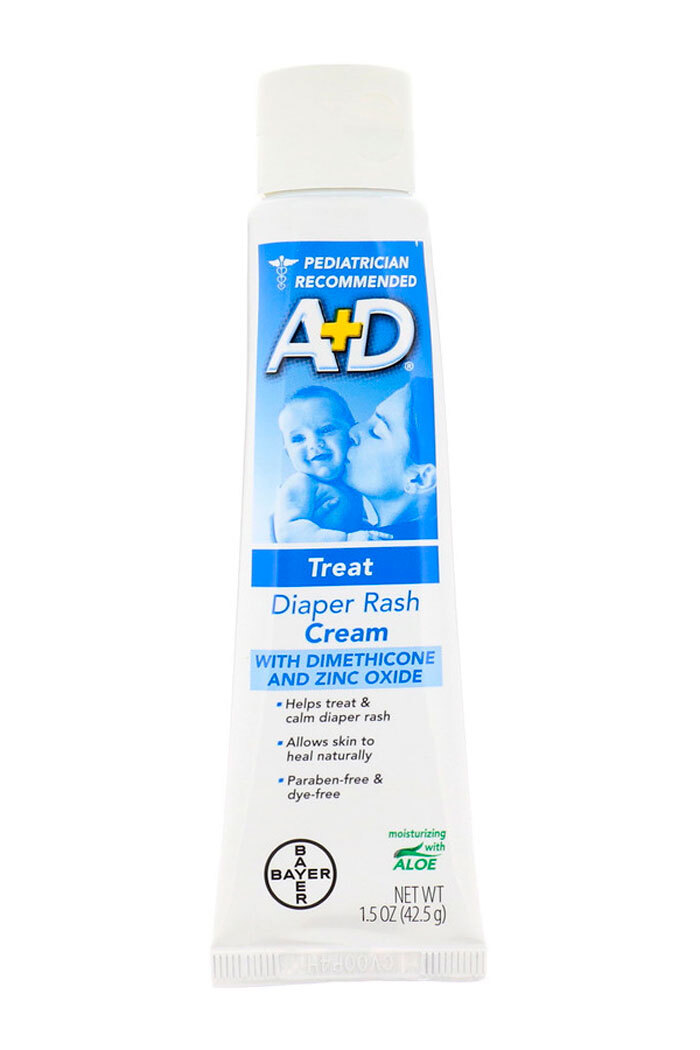
The initial manifestation of diaper rash always begins with reddening of the skin — erythema, which gradually spreads to healthy areas. In severe forms, diaper rash is accompanied by infections. Streptococci and fungi are the most common of them.
Treatment
In the initial stage of the disease, it is enough to remove the causes of its occurrence. It is necessary to frequently and thoroughly wash all the folds of the skin with warm water, a solution of pink potassium permanganate, and special antiseptic agents. After washing, be sure to thoroughly blot with a cotton cloth until completely dry, powder with talcum powder or use baby cream, zinc ointment, any drying creams and ointments.
It is necessary to ensure free access of air to sore spots, if necessary, gauze pads can be fixed on them.
With moderate diaper rash, lotions and compresses are effective. Medicinal baths based on medicinal herbs are very helpful in the fight against diaper rash.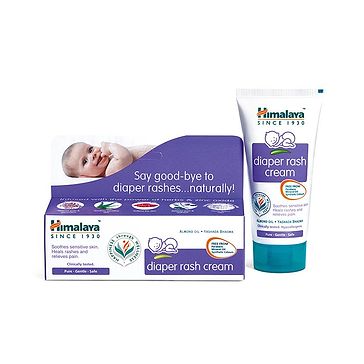
Prevention of diaper rash in children
Bed linen and clothes of the child should be only from natural cotton fabrics, clean and ironed with a hot iron for disinfection. It is impossible for the child to be wet, for this diaper should be changed as soon as they become wet. If diapers are used, it is important to pay attention to their quality and size — no hard and rubbing parts are allowed. After bathing, be sure to dry the baby’s body well with a soft cotton towel, blot all the folds of the skin. It is better to powder problem areas of the skin with special baby powder or grease with boiled vegetable oil.
Air baths are very important for a child, preferably several times a day.
In order to exclude the allergic nature of diaper rash in a baby, you need to use only special products for baby clothes when washing, no ordinary powders for these purposes are strictly allowed.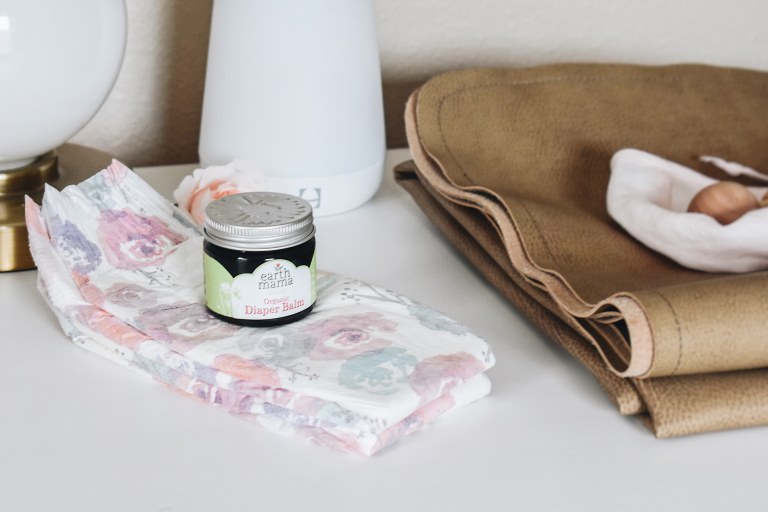
Intertrigo: advice to parents
September 8, 2021
Diaper rash, or diaper rash, is a common problem accompanied by baby crying.
Irritation of the skin in newborns can occur for various reasons, for example, due to friction or constant contact with moisture under the diaper. In order for the baby to always be comfortable, parents should monitor the hygiene of the baby and the condition of his skin. What to do if you notice redness in a child?
Features of children’s skin
Diaper rash can also appear on the skin of an adult, but the skin of newborns is most susceptible to inflammation. The reason is simple — the skin of babies is different from the skin of adults, it is much softer, more sensitive and does not yet have the necessary protective functions, so it easily absorbs moisture and is damaged.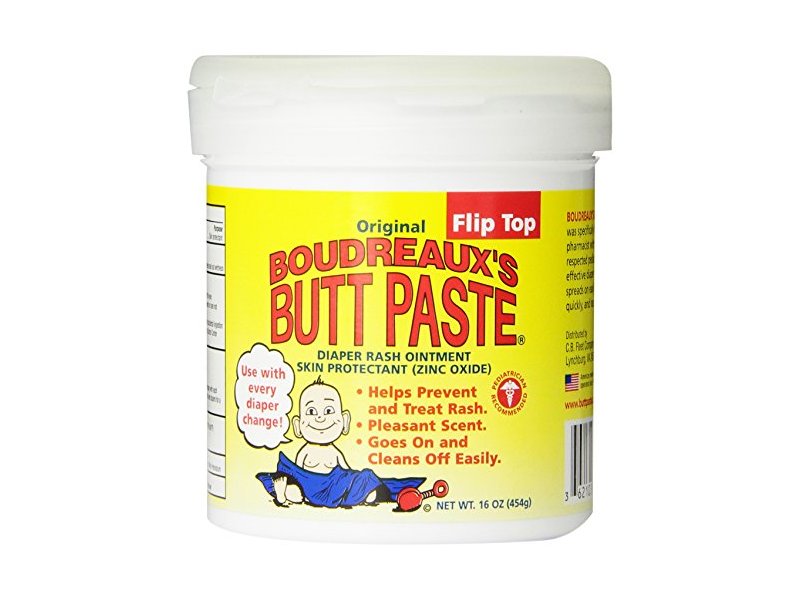
Most often, irritation appears in the diaper area — in the groin, on the legs, between the buttocks, but it is also not uncommon for the skin to turn red on the neck, in the armpit area. If the skin is severely inflamed or foci of irritation are present on the entire body and face of the child, urgently seek help from a pediatrician.
Causes of diaper rash
Almost all infants have diaper rash. If you pay attention to the problem in time, you can easily avoid the development of complications. The main causes of diaper rash:
1. Long contact with moisture. Inflammation can appear if the skin has not had time to dry after bathing, and also if the baby is sweating. After bathing, allow the skin to dry on its own or blot moisture with a soft cloth before putting on a diaper or clothing. Dress your child according to the weather and make sure the temperature at home is comfortable.
2. Infrequent diaper changes. Prolonged contact with enzymes in urine and feces irritates the baby’s delicate skin. Check the diaper regularly and clean the skin thoroughly. If your baby has diarrhea, change the diaper as often as possible.
3. The baby has chafing in the diaper or clothes. The problem may arise due to the wrong size. Choose loose-fitting pieces in soft, natural fabrics. The diaper should be fastened securely, but not tight, so that air can circulate.
Treatment and prevention of diaper rash
Even the most attentive parents are not always able to prevent the appearance of diaper rash, because at the initial stage the child may not notice the appearance of irritation, and parents will see the problem only when changing the diaper. Treatment for diaper rash usually depends on the severity:
1. With a mild degree, only redness on the skin is visible, if you start treatment at this stage, you can avoid aggravating the situation.
2.
3. At the third stage, pustules and ulcers appear on the reddened areas, the inflamed areas begin to get wet. Often a fungal or bacterial infection joins, which greatly complicates the treatment process. The child may have a fever, loss of appetite, worsen sleep. In such a situation, parents need to urgently consult a doctor.
To prevent and treat mild diaper dermatitis:
- Change diapers more often. It is important that the baby’s skin stays dry for as long as possible.
- Thoroughly wash the baby’s skin after removing the diaper and allow it to dry completely.
- Leave the baby without a diaper and clothes for a while to allow the skin to «breathe».
- Carefully change the brand of diapers, laundry detergents, baby cosmetics, and food products. Inflammation can intensify against the background of a change in the usual elements of a baby’s life.


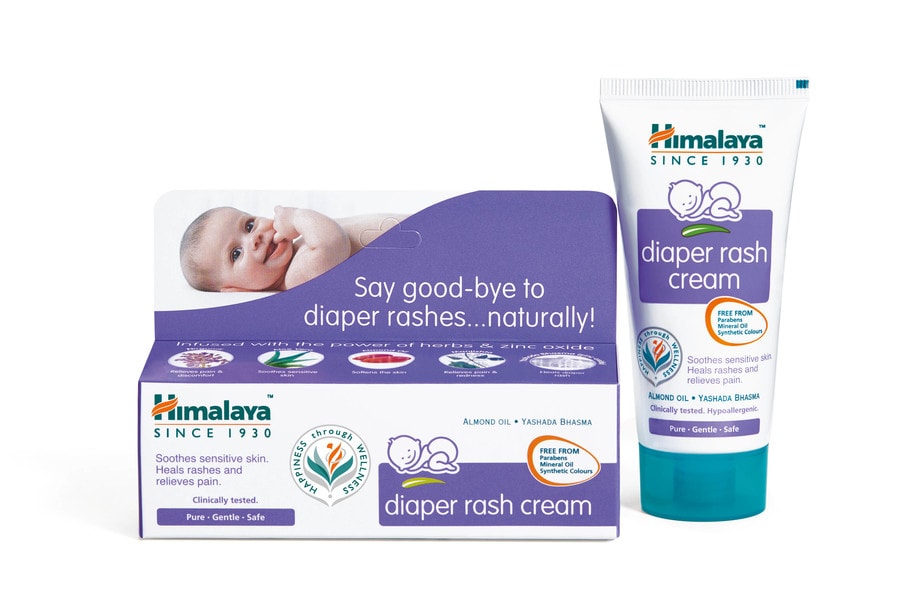 Pay attention to how your baby reacts to any change in diaper, wipe, or laundry detergent brands.
Pay attention to how your baby reacts to any change in diaper, wipe, or laundry detergent brands.